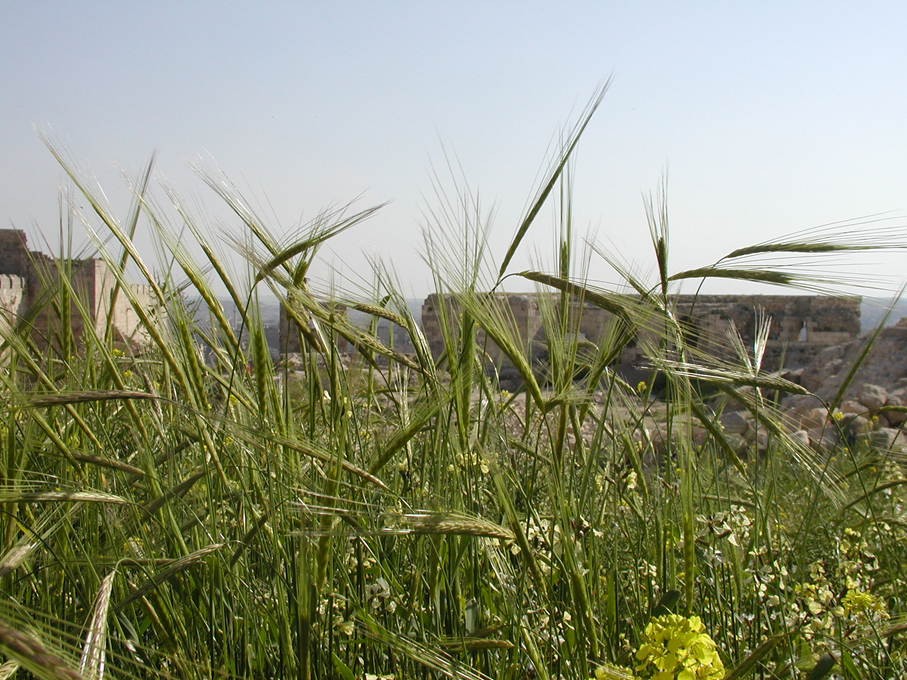About
Cultivated barley (Hordeum vulgare ssp. vulgare) was domesticated from wild barley (Hordeum vulgare ssp. spontaneum) about 10,000 years ago in the Fertile Crescent. Domestication and intensive breeding have greatly narrowed the genetic diversity of the crop and rendered it vulnerable to various biotic (pathogens and pests) and abiotic (heat, drought, salinity cold, etc.) stresses. Wild barley is a rich source of genetic diversity for many traits and is fully compatible with the cultivated form. To make future gains in barley breeding and also mitigate current stresses, the genetic diversity of wild barley must be exploited.
To capture the diversity of wild barley, a large collection of accessions was sourced from the International Center for Agricultural Research in The Dry Areas (ICARDA) and other institutions in 2002. This Wild Barley Diversity Collection (WBDC) consists of 318 accessions collected primarily from the Fertile Crescent, a region where diversity of the subspecies is the highest and large populations are common; however, representative samples were also included from Central Asia, South Central Asia, North Africa, and the Caucasus region. Accessions comprising the WBDC are highly homozygous because they were selected from a single plant and have been selfed for six successive generations.
The IWBSC is composed of 54 scientists with diverse expertise from fourteen different countries. Funding for the IWBSC comes from individual members. If you would like to join or support this research effort, please contact Brian Steffenson ([email protected]).

Wild barley growing in the Citadel of Aleppo in Syria